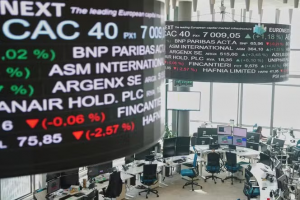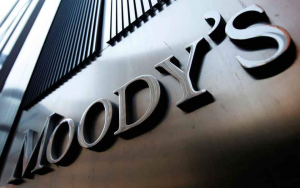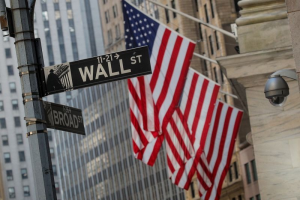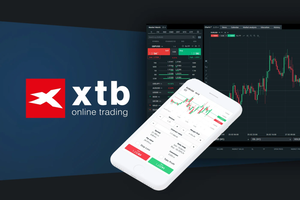Goldman Sachs trimmed its year-end target for the S&P 500 index to 6,200, down from the previous target of 6,500.
This revision comes after a significant decline in the index over the past three weeks, attributed to a combination of factors including policy uncertainty, concerns about economic growth, and a positioning unwind, especially among hedge funds.
The S&P 500 saw a 9% drop from its all-time high, with a substantial portion of this decline resulting from a 14% fall in the share prices of the so-called ’Magnificent 7’ stocks, which Goldman Sachs strategists now refer to as the ’Maleficent 7’.
The pullback brought their price-to-earnings (P/E) ratio down to 26x from 30x.
These stocks contributed to more than half of the index’s 25% total return last year. Goldman highlights that over the past 40 years, the cap-weighted index has typically seen a median annual drawdown of 10%, in line with the recent decline.
Meanwhile, the equal-weighted index (SPW) has fallen 6% in the same period, with its P/E ratio dropping to 16x from 17x, and currently trades 8% below its late-November peak.
Goldman’s revised base case scenario anticipates an 11% price gain for the remainder of the year, which is similar to the initial estimate but starts from a lower level due to the recent market downturn.
The Wall Street firm has also adjusted its top-down 2025 earnings per share (EPS) growth forecast to 7% from 9%, while maintaining the 2026 growth estimate at 7%. The new EPS estimates stand at $262, down from $268, and $280, down from $288.
These projections are below the consensus estimates from strategists and analysts, reflecting a tempered GDP growth forecast, increased assumed tariff rates, and a higher equity risk premium due to elevated uncertainty.
For the stock market to rebound, Goldman Sachs believes that at least one of three developments must occur.
“First, an improvement in the outlook for US economic activity, either due to better growth data or a change in tariff policy. Second, equity valuations or cyclicals vs. defensives equity market pricing of economic growth that is well below our baseline forecast. Third, depressed investor positioning,” strategists led by David J. Kostin noted.
For investors navigating the current market environment, the strategists recommend two investment strategies for their base case outlook.
They advise portfolio managers to invest in ’Insensitive’ stocks, which show low price sensitivity to market volatility drivers, and to consider stocks that have been significantly impacted by hedge fund positioning unwinds and are trading at or below their 3-year median P/E multiple.
As for those worried about recession risks, the strategists suggest owning stocks from their Stable Growth basket, which includes 50 companies with the most stable EBITDA growth in the S&P 500 over the past decade.













